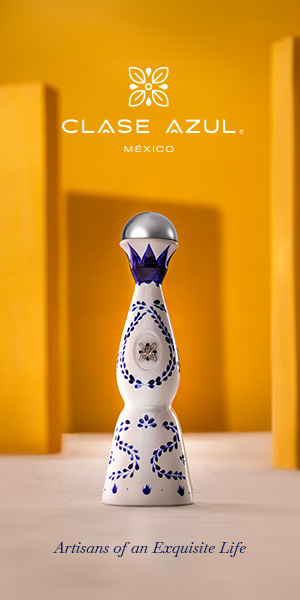Investigating an Unusual Hawaiian History
Four years after Oracle co-founder Larry Ellison bought 98 percent of Lanai for a reported $300 million, the island is open for business—but what, exactly, is it selling?
Written by Alyssa Giacobbe
Photographed by Christopher Churchill
Most of Lanai’s 3,100 residents are concentrated in Lanai City, a former Dole pineapple plantation town.







